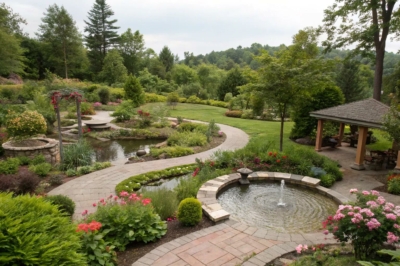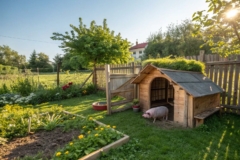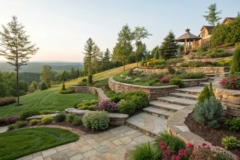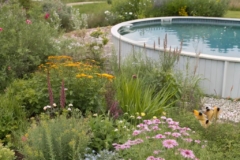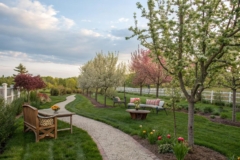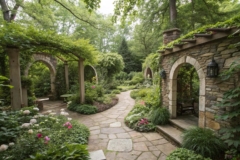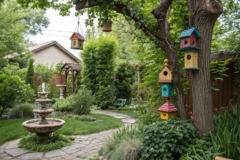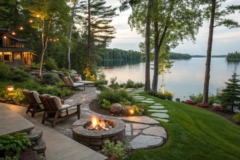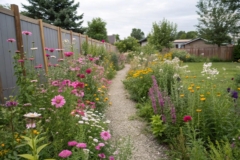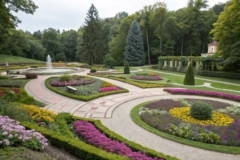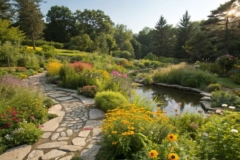1. Plant Native Trees
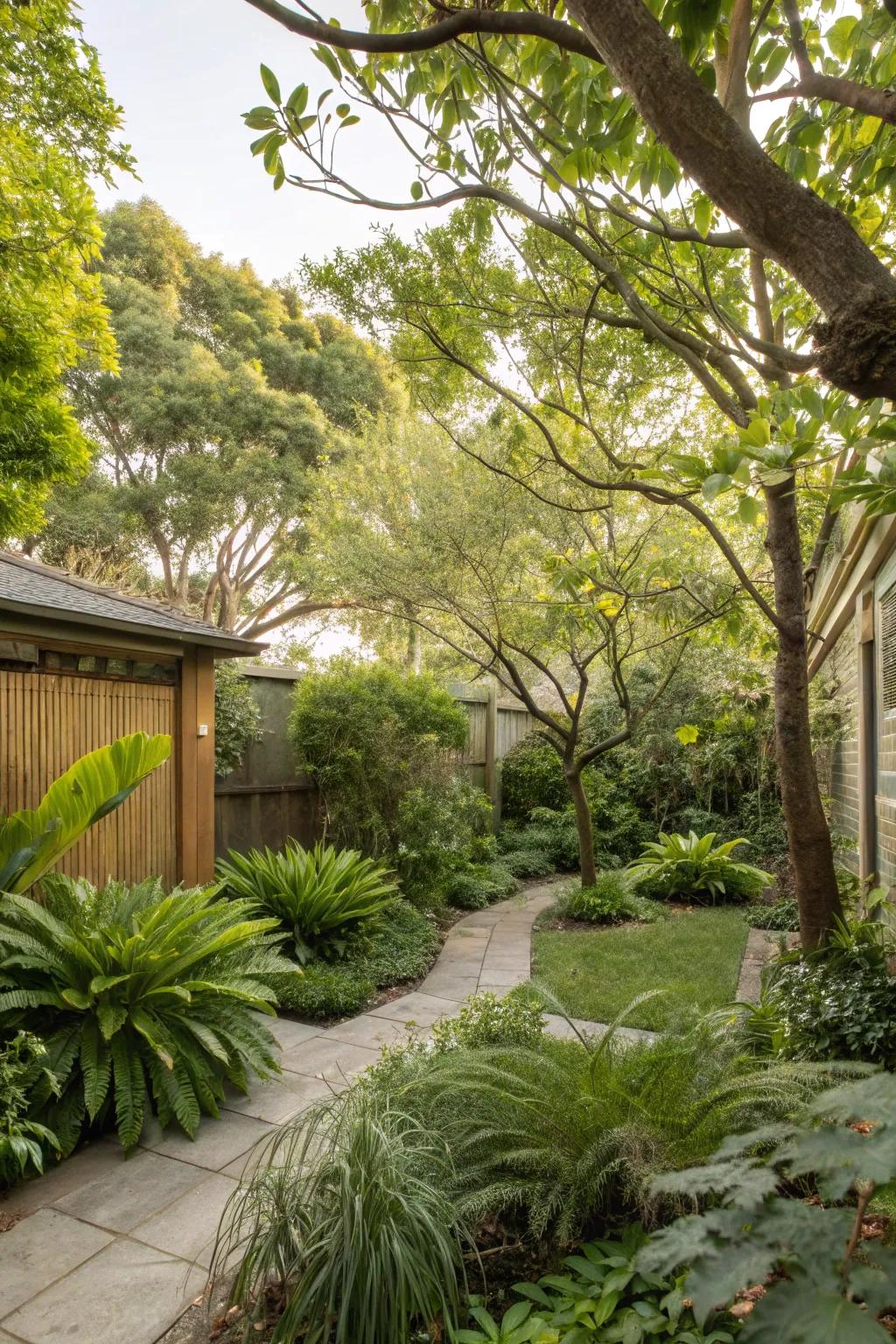
Consider planting native trees to support local wildlife. The shade and habitat they provide in my yard are invaluable.
A few things you might like:
- Native Tree Seed Pack: Kickstart your backyard habitat with native tree seeds, supporting local wildlife effortlessly.
- Tree Growing Kit: Easily grow your own native trees with this all-in-one growing kit for beginners.
- Garden Soil for Native Plants: Enhance your tree planting with nutrient-rich soil, ideal for native plant growth.
2. Install a Tranquil Water Feature
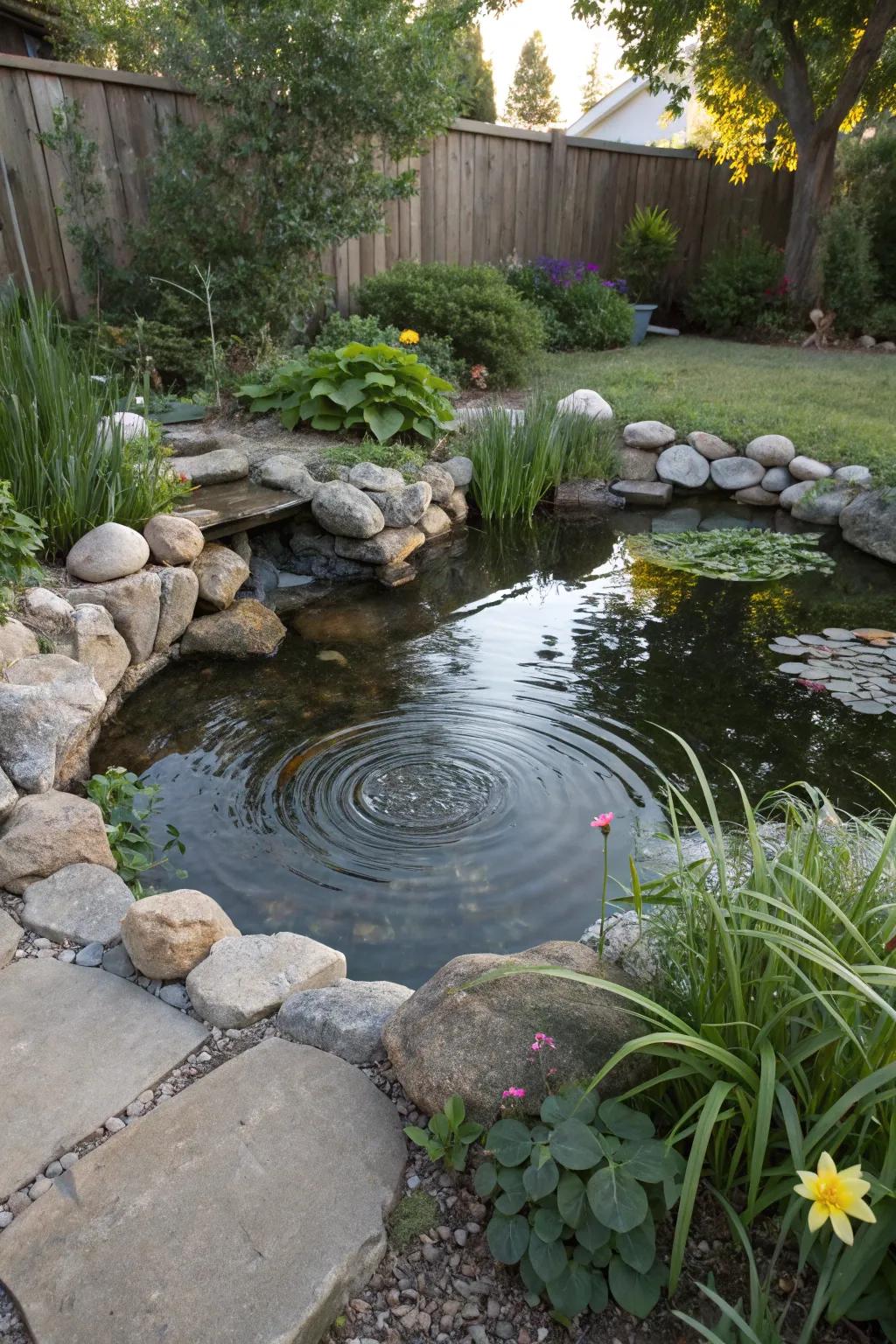
A small pond or water garden can work wonders, attracting birds and dragonflies alike. In my backyard, the gentle sound of water has created a soothing retreat for both wildlife and me.
A few choices to try:
- Outdoor Pond Kit: Transform your backyard with a complete pond kit, attracting wildlife and enhancing tranquility.
- Solar Water Pump: Add a delightful water movement with a solar pump, saving energy and enhancing beauty.
- Pond Plants Collection: Introduce a natural touch with pond plants, supporting local wildlife and beautifying your pond.
3. Use Downed Logs
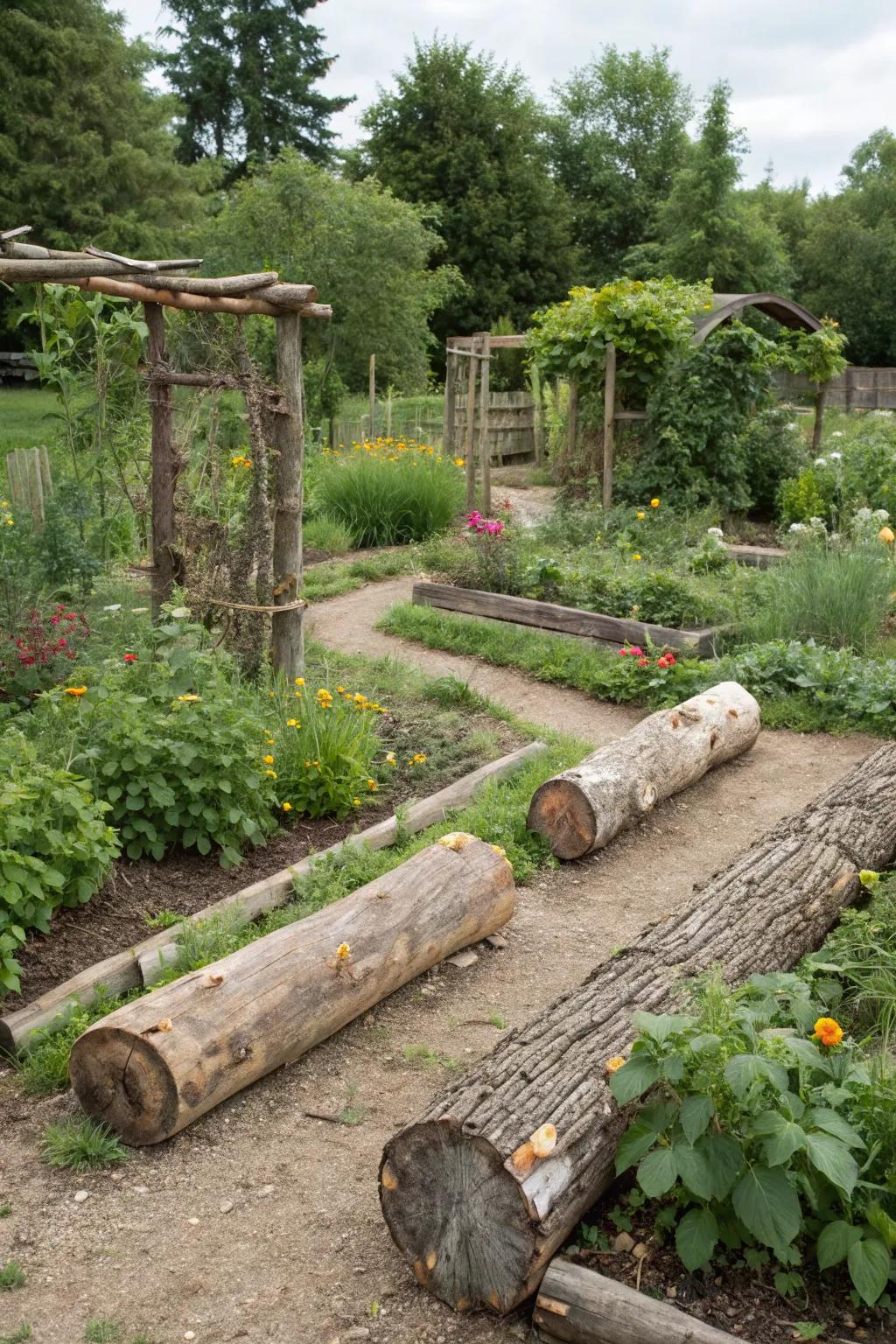
Repurpose downed logs as garden borders and habitat. My log-lined paths have become a favorite sunning spot for local reptiles.
These products might help:
- Wood Sealant for Outdoor Logs: Protect your garden logs with durable wood sealant, preserving their natural appeal and longevity.
- Reptile Habitat Accessories: Enhance your log-lined paths with reptile habitat accessories, offering a cozy spot for sunning.
- Garden Soil Moisture Meter: Ensure optimal plant health by monitoring soil moisture levels around your log garden borders.
4. Craft Peaceful Pathways
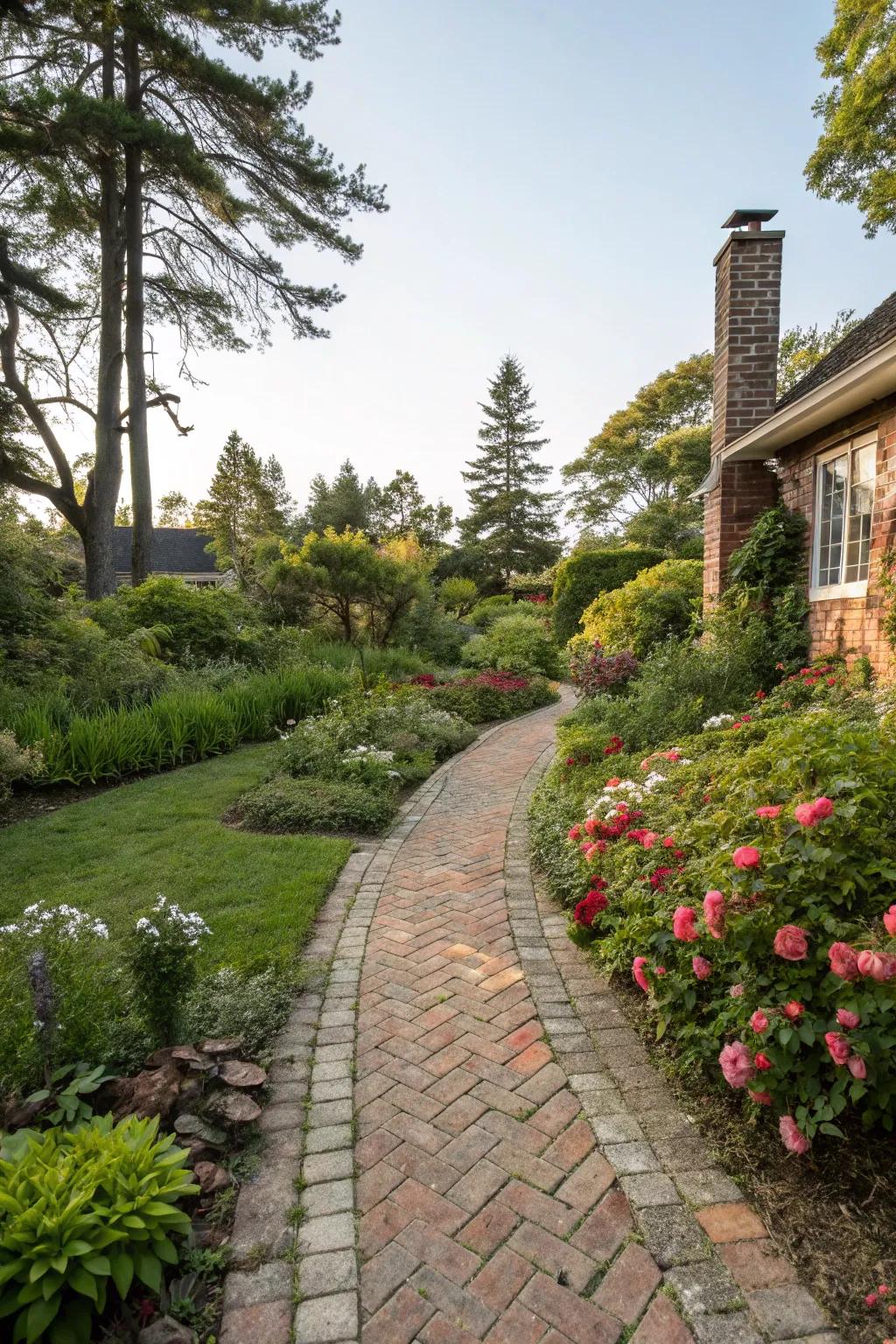
Imagine strolling through your backyard along a charming brick or stone path. I added one last year, and it’s become my favorite feature, inviting both me and local critters to explore.
Consider these options:
- Outdoor Brick Pavers: Enhance your garden with durable pavers, inviting exploration and creating charming pathways.
- Garden Border Edging: Define and beautify your pathway with easy-to-install edging, perfect for garden aesthetics.
- Solar Pathway Lights: Illuminate your path at night with eco-friendly solar lights, enhancing safety and ambiance.
5. Create Cozy Seating Areas
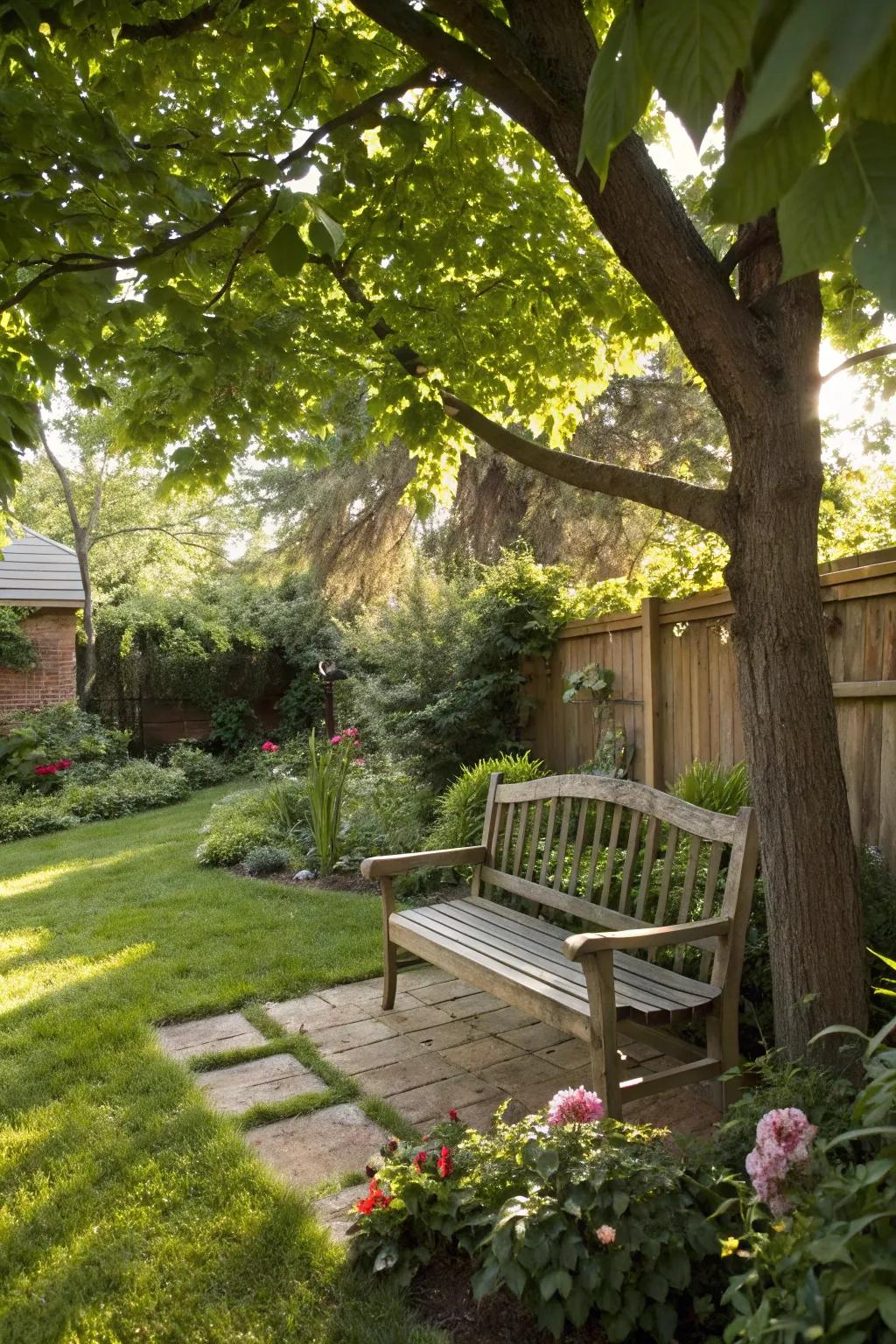
A simple bench or hammock gives you a front-row seat to nature’s show. In my garden, it’s where I enjoy my morning coffee with the birds.
Check these products out:
- Wooden Garden Bench: Relax amid nature with this wooden bench, perfect for sipping coffee and birdwatching.
- Outdoor Hammock with Stand: Unwind in comfort with this hammock, transforming your garden into a serene retreat.
- Patio Loveseat Glider: Add charm to your backyard with this glider, ideal for peaceful evening relaxation.
6. Build Wildlife Shelters
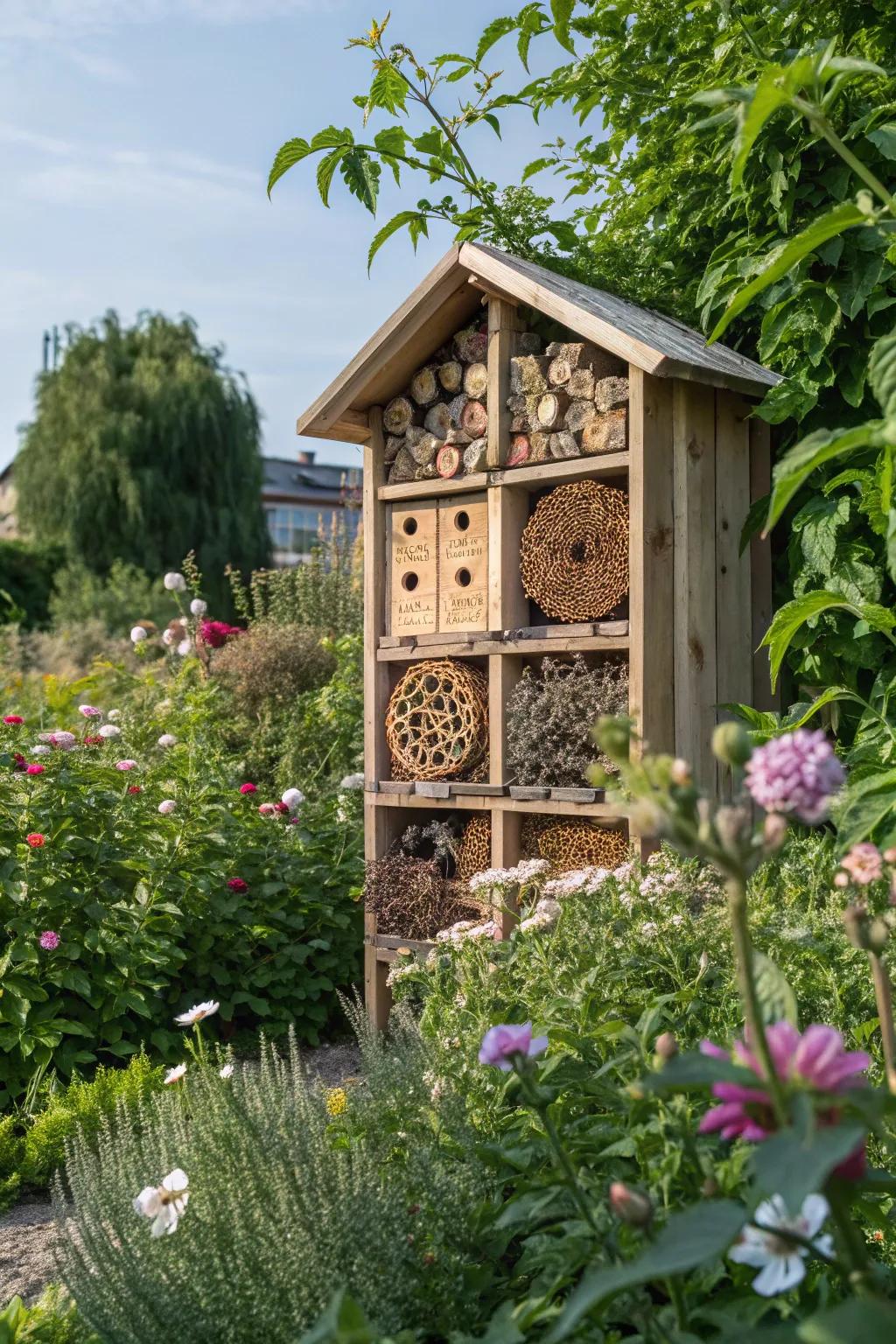
Consider constructing an insect hotel or birdhouse for your backyard residents. My DIY bug hotel has become a bustling hub of activity!
Try these:
- DIY Insect Hotel Kit: Create a vibrant bug sanctuary in your garden with this easy-to-assemble insect hotel kit.
- Birdhouse Assembly Kit: Enhance your backyard haven by assembling this eco-friendly birdhouse for cheerful feathered visitors.
- Wooden Bee Habitat: Support pollinators by installing this inviting wooden habitat designed specifically for solitary bees.
7. Create a Secret Garden Nook
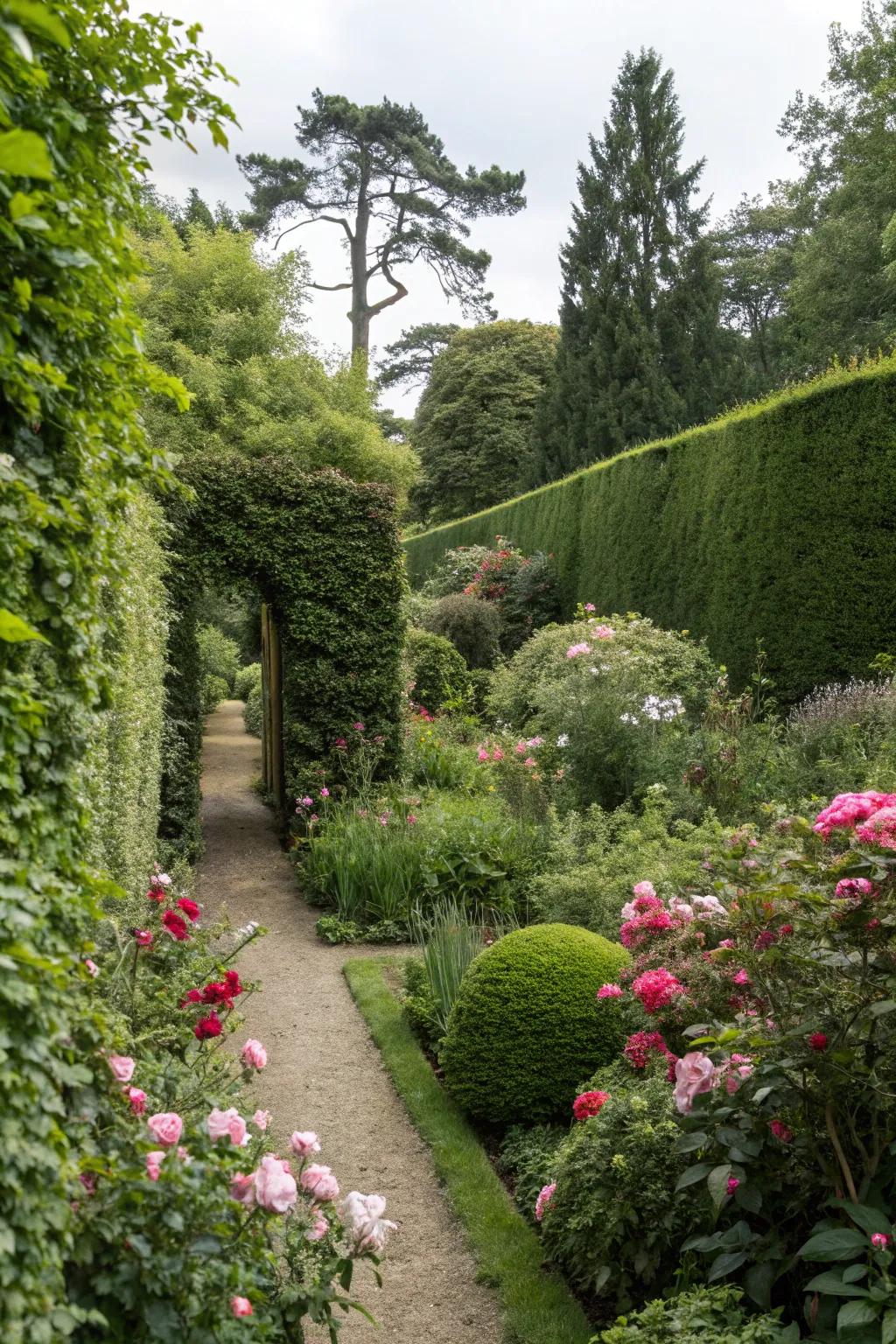
Design a secret nook with hidden paths and lush planting. My secret garden corner is a magical retreat for both me and visiting wildlife.
Some ideas to consider:
- Garden Archway: Enhance your path with a charming garden archway, perfect for creating hidden retreats.
- Climbing Plants: Add lush greenery to your secret nook with beautiful climbing plants for privacy and beauty.
- Wildlife-Friendly Flowers: Attract wildlife to your garden with colorful, wildlife-friendly flowering plants.
8. Design a Natural Fence
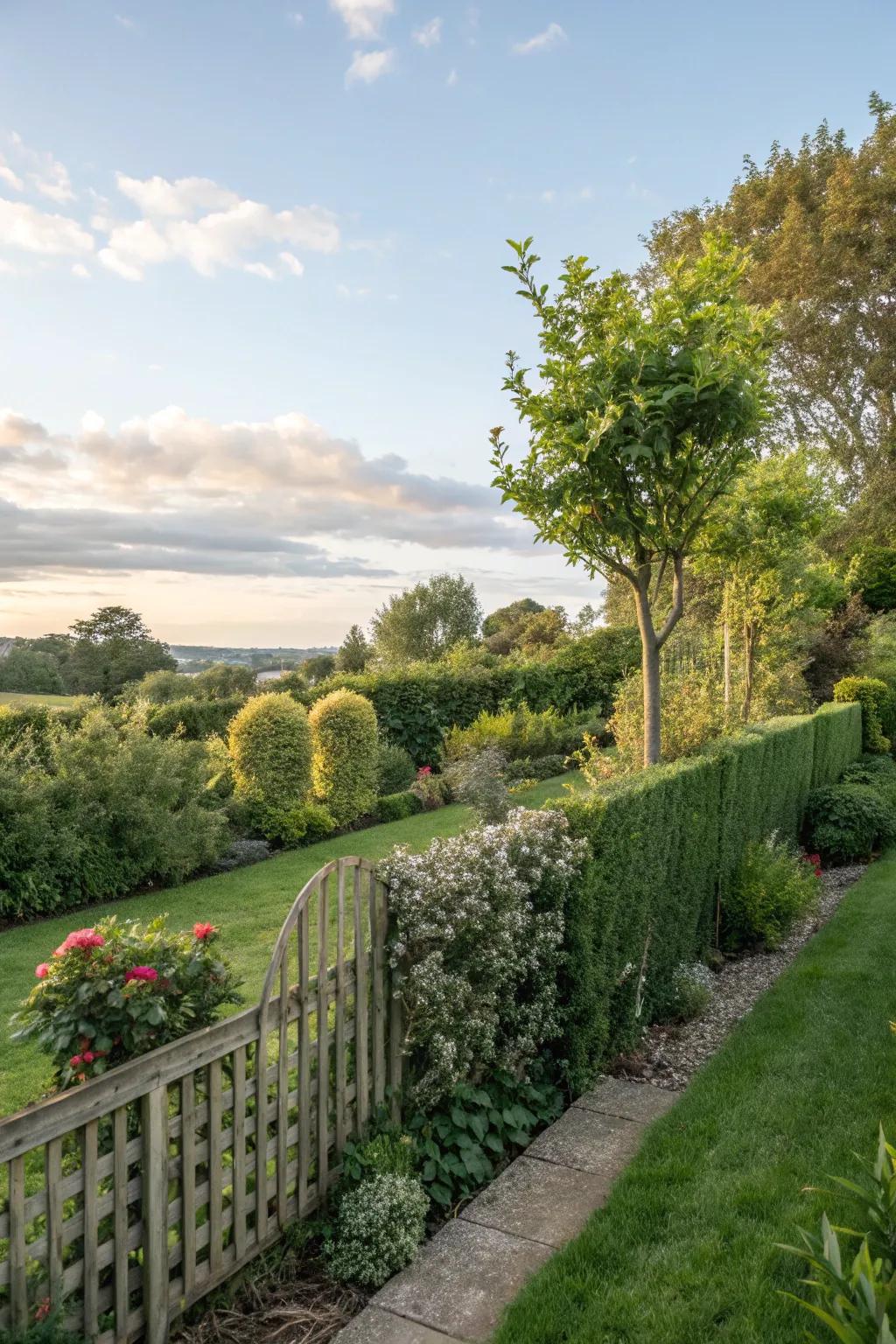
Opt for a natural fence using shrubs and hedges. My living fence offers privacy and passage for wildlife.
These products might be useful:
- Privacy Hedge Seeds: Plant privacy hedge seeds to create a lush, green barrier that enhances your natural fence.
- Shrub Fertilizer: Boost your shrubs’ growth and health with this specially formulated shrub fertilizer.
- Natural Fence Trellis: Support your climbing plants with a sturdy trellis, perfect for a thriving natural fence.
9. Install a Bat House
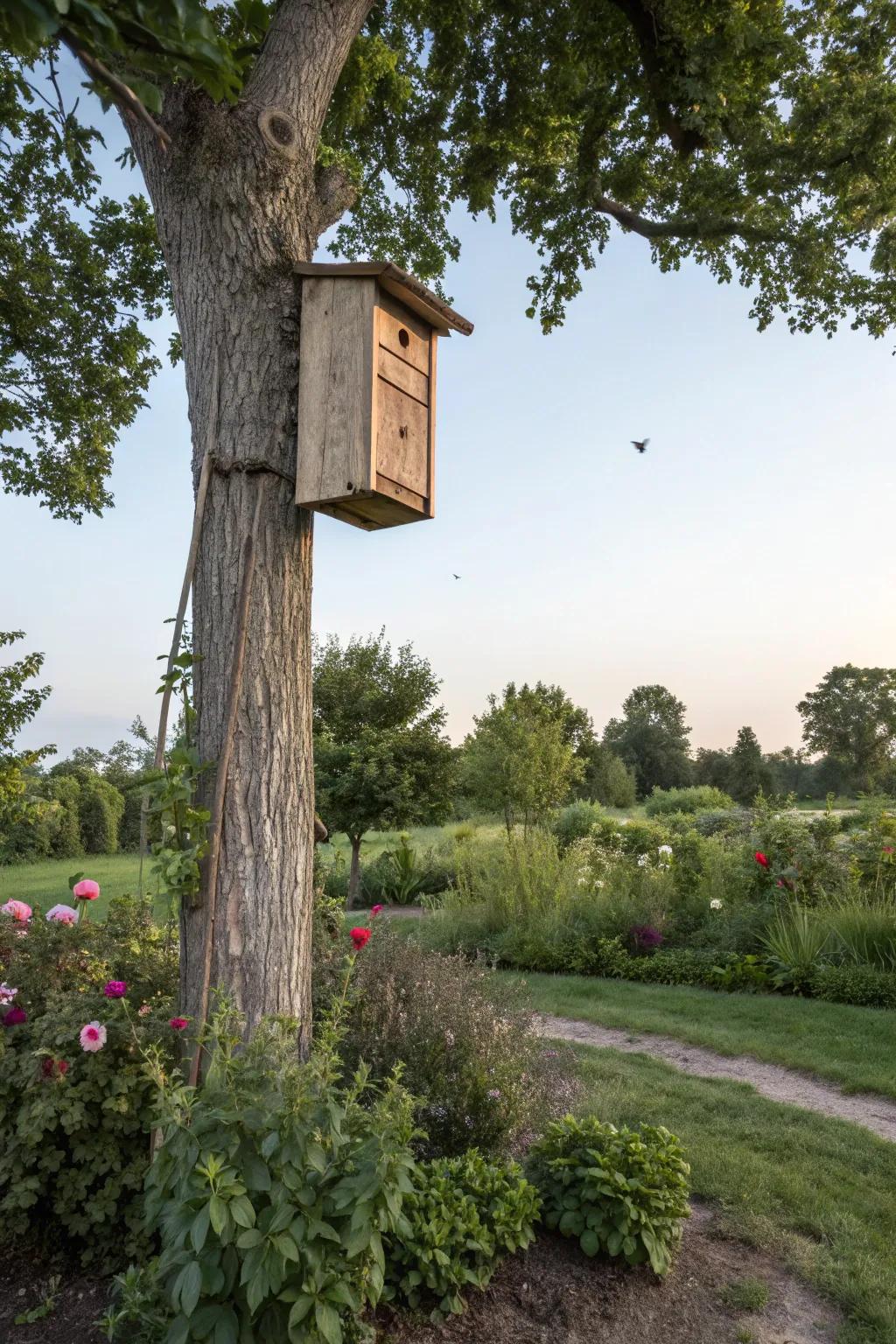
Encourage bats by installing a bat house to control mosquitoes naturally. Watching them flutter at dusk is a nightly spectacle in my garden.
Useful items to consider:
- Wooden Bat House: Install this eco-friendly wooden bat house to attract and shelter bats in your garden easily.
- Bat House Mounting Kit: Securely mount your bat house with this easy-to-install mounting kit, ensuring stability and safety.
- Bat House Weatherproof Coating: Enhance the durability of your bat house with this weatherproof coating, protecting against the elements.
10. Include Seashells
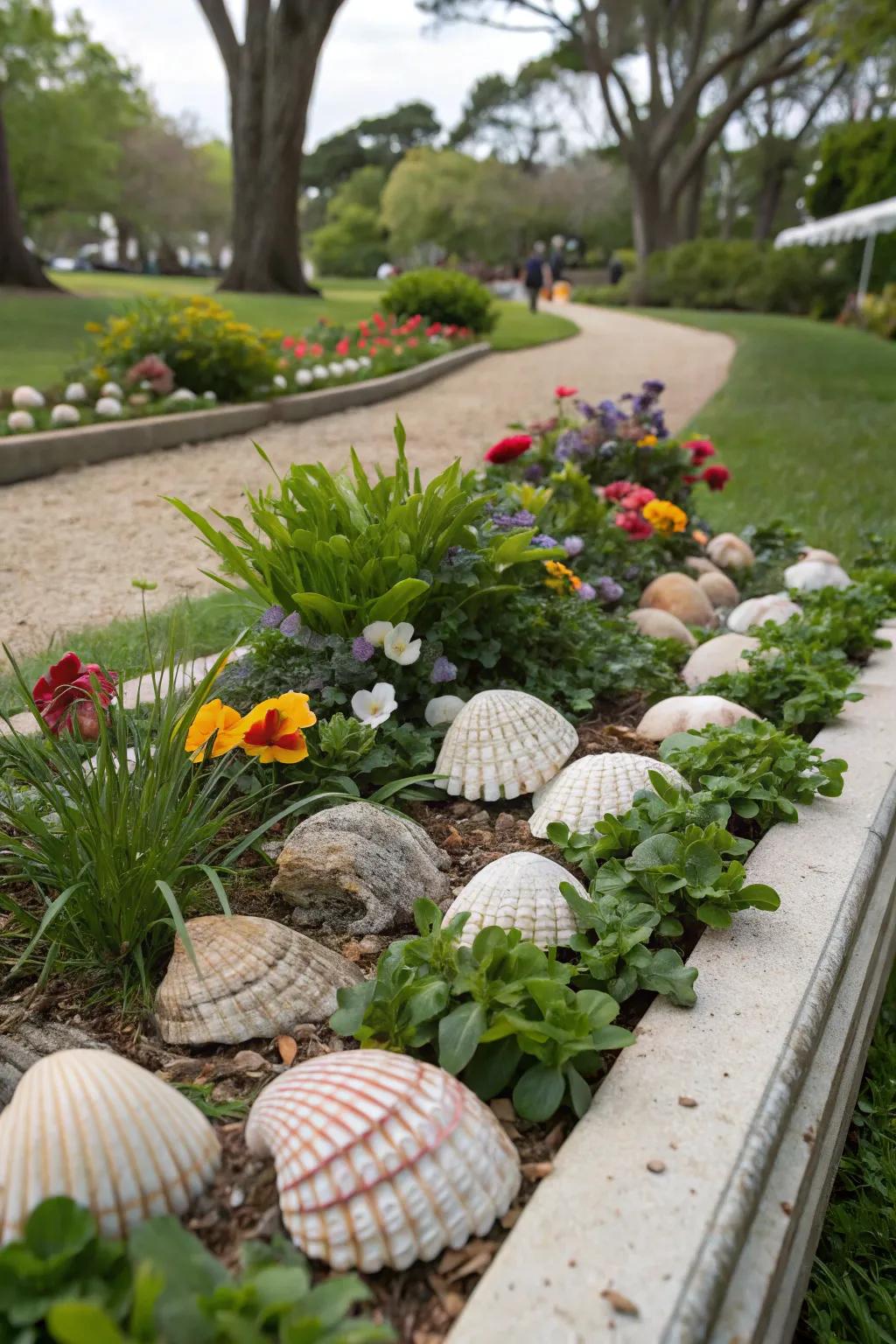
Decorate with seashells for added habitat and charm. In my garden, they double as shelters for small invertebrates.
May just do the trick:
- Decorative Natural Seashells Pack: Enhance your garden with natural seashells, providing charming habitats for small invertebrates.
- Seashell Garden Edging Stones: Create beautiful garden borders with seashell stones, adding aesthetic appeal and habitat diversity.
- Outdoor Seashell Accents for Landscaping: Elevate your landscape design using seashell accents, perfect for small wildlife refuge and decor.
11. Design Vegetable and Flower Beds
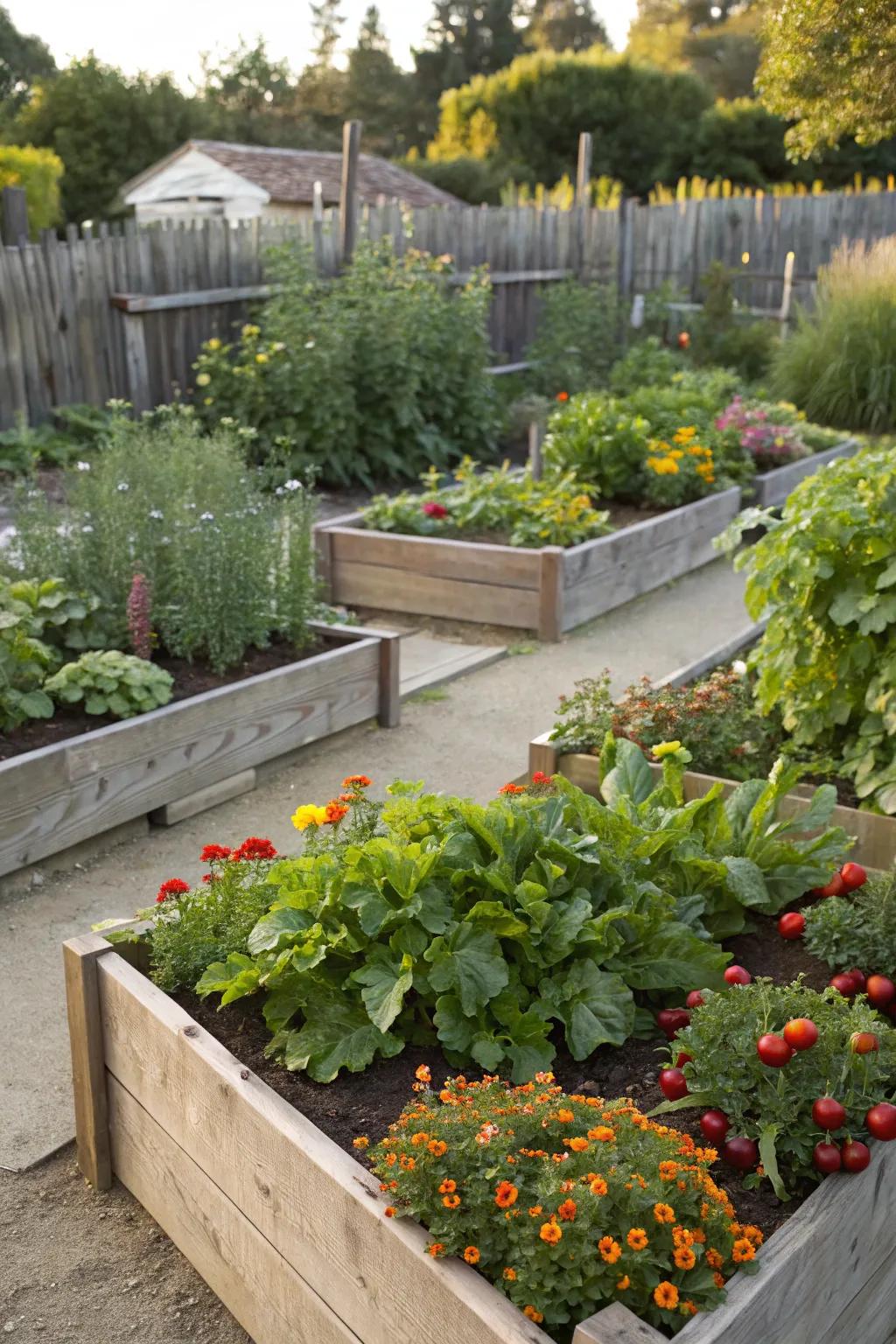
Raised vegetable and flower beds can double as pollinator magnets. Last year, I harvested the best tomatoes thanks to the buzzing bees.
Possibly helpful picks:
- Wooden Raised Garden Bed Kit: Create a thriving garden space efficiently with this easy-to-assemble wooden raised bed kit.
- Pollinator-Friendly Flower Seed Mix: Attract buzzing bees and boost yields with this vibrant, pollinator-friendly flower seed mix.
- Organic Vegetable Fertilizer: Nourish your plants naturally and improve their growth with this organic vegetable fertilizer.
12. Embrace Diverse Flora
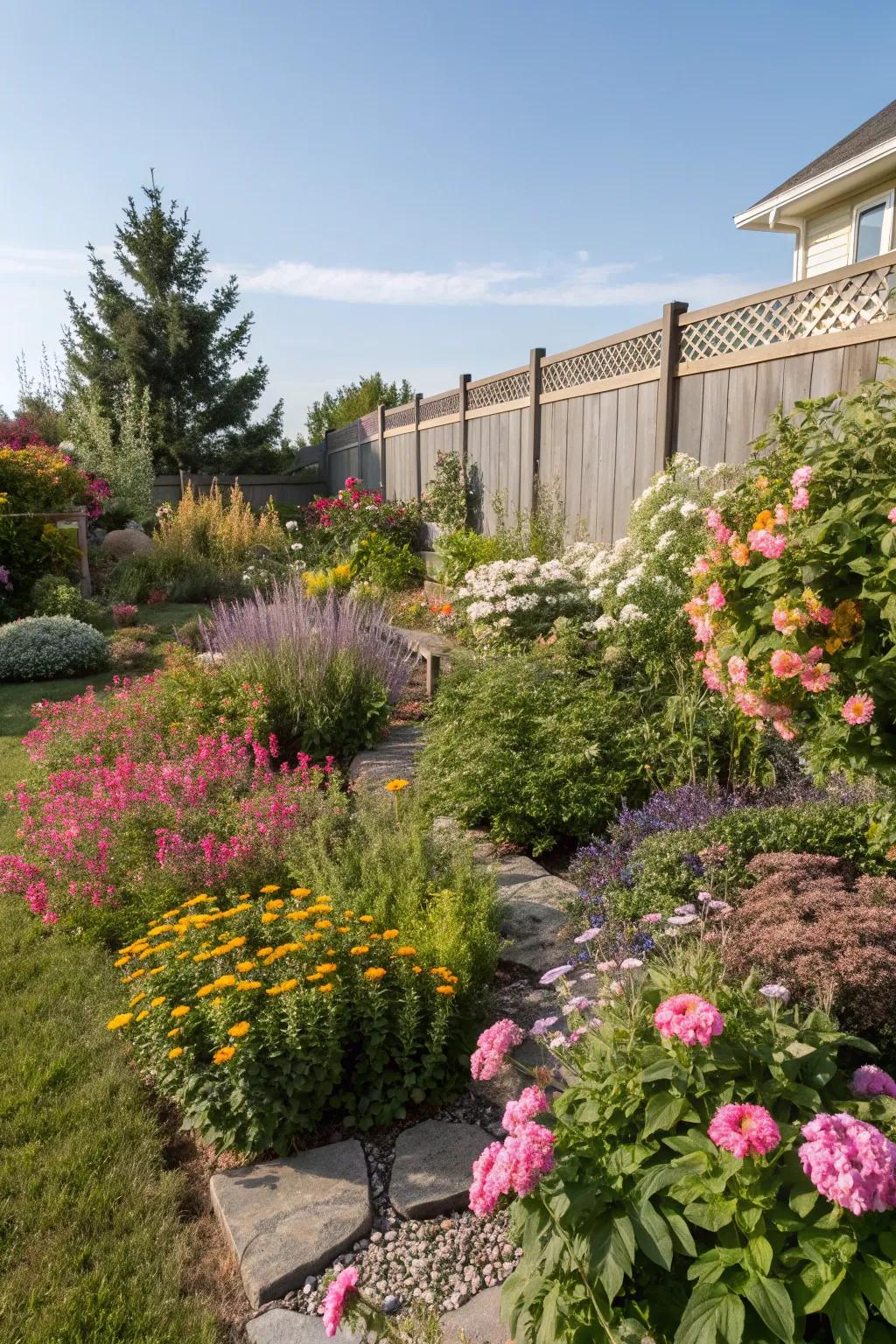
Planting a mix of flowers and shrubs provides nectar and shelter for a variety of creatures. My garden bursts with color each season, thanks to the diverse plant life.
Possibly handy products:
- Wildflower Seed Mix: Transform your garden with a vibrant wildflower mix, attracting diverse pollinators effortlessly.
- Gardening Hand Tool Set: Equip yourself with quality tools for easy planting and maintaining of your beautiful garden.
- Outdoor Planter Pots: Enhance your garden layout with stylish planter pots, perfect for showcasing colorful blooms.
13. Add a Toad Abode
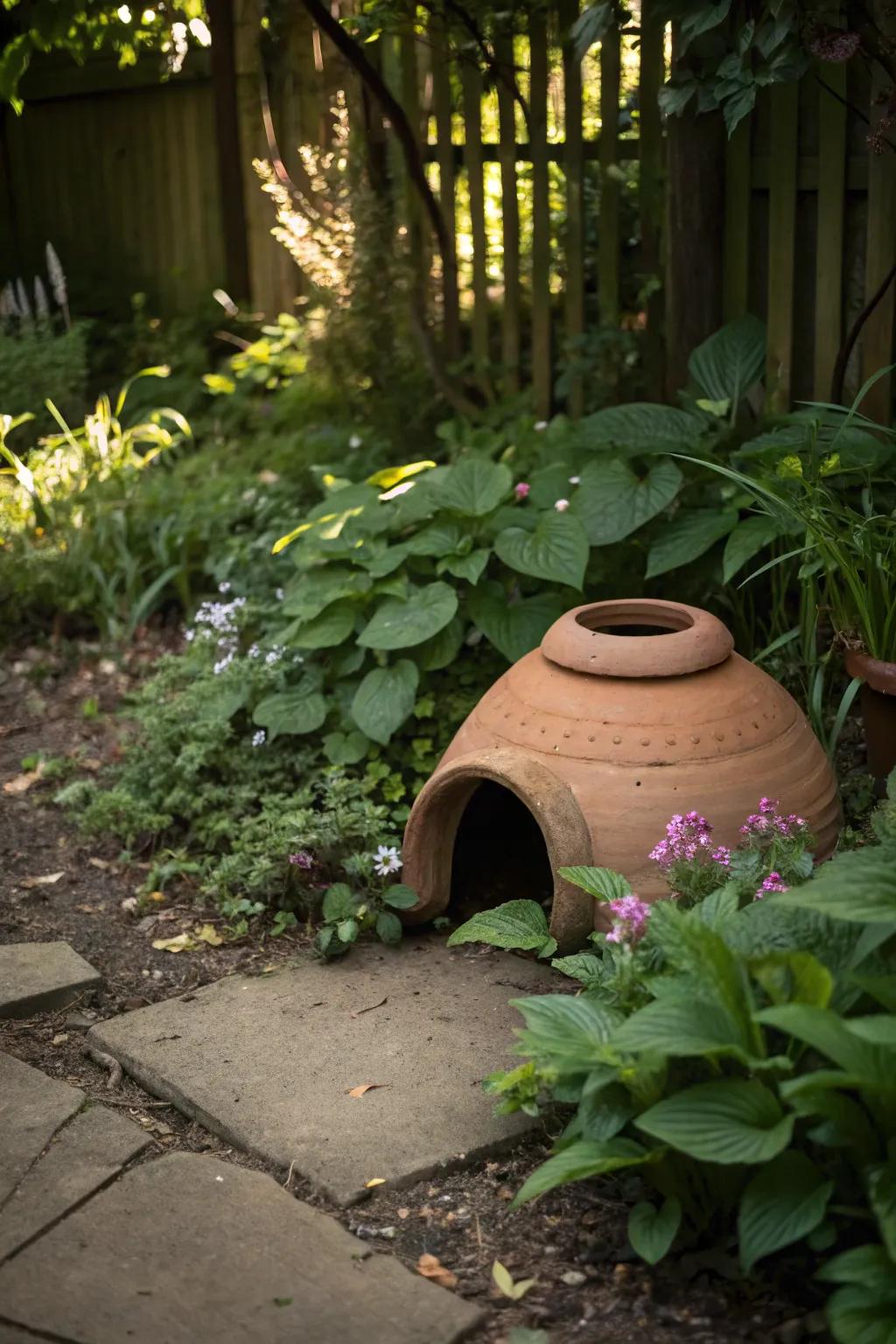
Use old clay pots to create a toad abode in shady garden spots. My kids love checking on our resident toads under their clay shelter.
Might be a good match:
- Clay Garden Pot: Transform your garden with a clay pot giving toads a cozy and stylish shelter.
- Garden Shade Plants: Enhance your garden’s beauty and provide shade for toads with lush greenery.
- Toad House Figurine: Add charm and functionality to your garden with an adorable toad-sized decorative house.
14. Build a Brush Pile
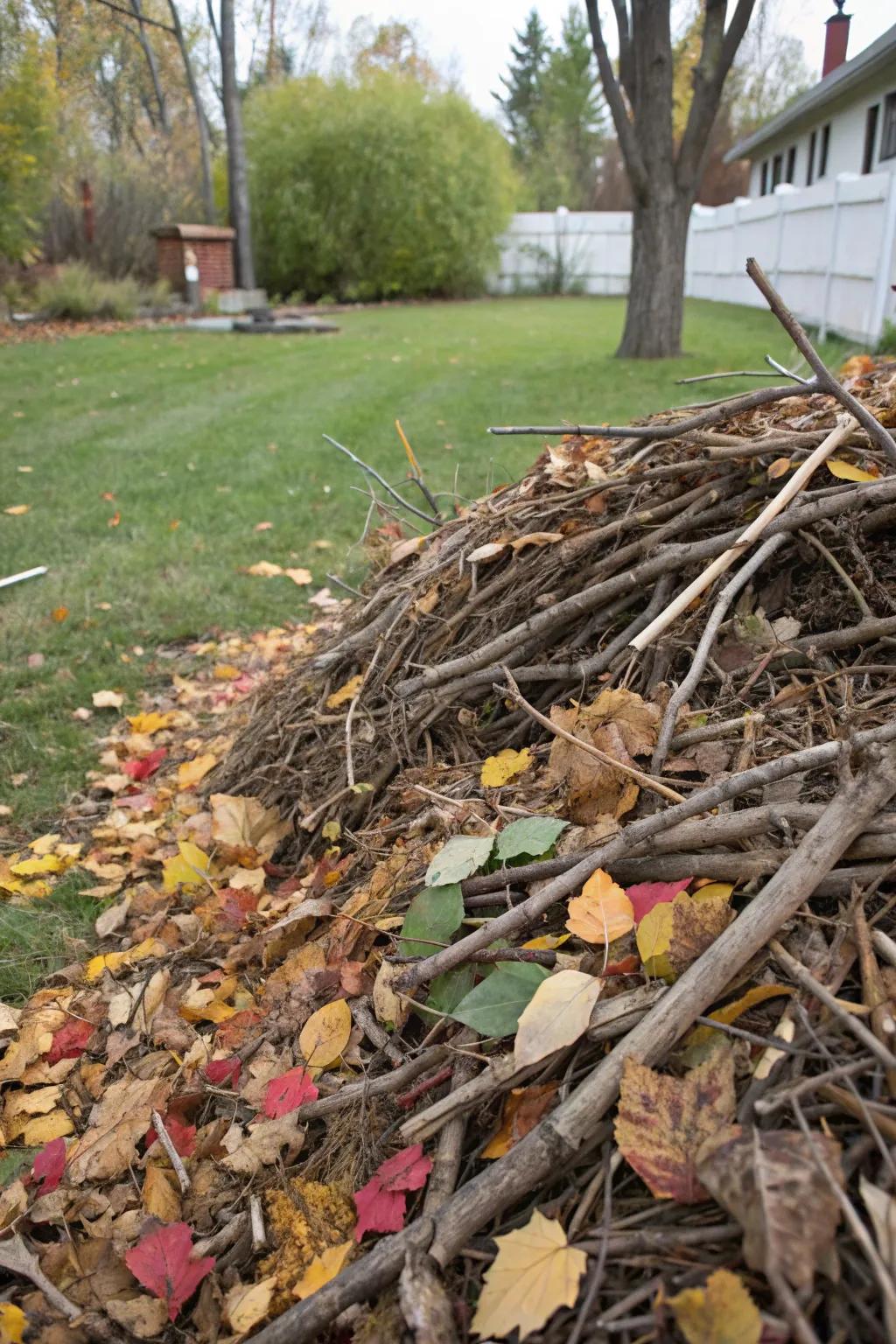
Turn yard debris into a brush pile for critter shelter. Our brush pile is a favorite hangout for local hedgehogs and birds.
Products that could assist:
- Garden Pruning Shears: Effortlessly trim and collect branches for your brush pile with these reliable pruning shears.
- Outdoor Yard Waste Bags: Collect leaves and twigs efficiently with heavy-duty reusable yard waste bags.
- Folding Saw for Branch Cutting: Easily cut larger branches for your brush pile using this compact folding saw.
